Like most practicing grounds professionals, I am interested in keeping up with the latest news and gossip and, crucially, keeping an eye on important developments in our industry. A recent blog on a Facebook cricket grounds person page set up a whole new set of questions for me in terms of the current state of our industry.
Something I have been writing about for decades is the costs and training required to manage our plethora of community sports facilities.

Daily, we see many volunteer grounds people asking for advice on ways of maintaining and improving their facilities on various forums and websites. A common theme is often centred on the fact they want to find the most cost-effective way of undertaking the work.
For me, clubs must realise maintaining natural and artificial sports facilities does come at a cost, in time, resources, materials, and products, while at the same time requiring the appropriate machinery at hand to undertake the work efficiently and safely.
This is often made difficult by the sheer number of variables and the lack of understanding of what is required when maintaining a given playing surface. These variables are usually associated with the level of sport being played, the desired level of provision and the detailed level of inputs and maintenance operations that need to take place.
We must also take into consideration its expected level of usage, current condition, and problems it could have in terms of surface drainage porosity and sward composition.
These costs will also be dictated by the way the work may be carried out - whether it is done house, by volunteers, by contractors or by paid employees.
In plenty of cases the level of budget being put aside for general maintenance of grassroots level playing facilities tends to be way off the mark. One of the reasons for this is often the lack of understanding of groundsmanship and what is required in terms of inputs and resources needed for the maintenance of the facility. No two sites are the same. Each have their own unique set of requirements to either maintain its status or to undertake additional work to bring it up to standard.
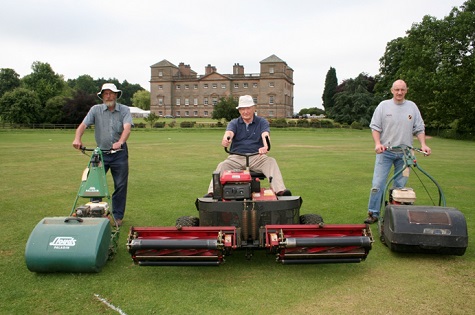
Far too often, clubs do the bare minimum – perhaps just a basic set of maintenance inputs generally seen as mowing, feeding and marking out, plus maybe some minor repairs when warranted. They may also skimp on end of season renovations, which over time leads to a deteriorating playing surface.
I firmly believe if clubs recognised the true costs and efforts required to maintain their pitch, producing a business plan to facilitate the securing of a budget, we would then start to see an improvement in club facilities and an increased level of sport participation.
True costs
Last year I penned an article Identifying the true values giving figures on the cost of maintaining a football, rugby and cricket facilities, plus a bowling green, based on the number of man hours needed for each sport by one person. Realistic investments.
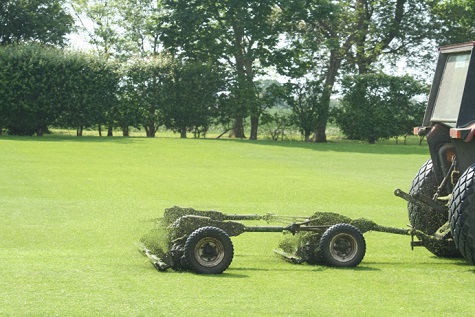
These costs are an indication of the real investment of maintaining natural turf sport facilities. There will be possible savings and efficiencies when scaled up if you have more than one facility. But this investigation has shown when considering the skills training and regulations and work practices involved in maintaining a given sport facility, do come at a cost. And clubs should be more aware of these costs and plan accordingly and find the relevant levels of cash to maintain these excellent community sport facilities.
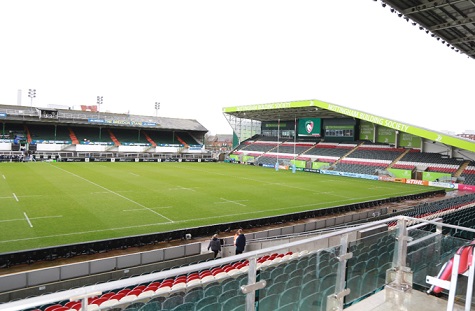
In my example I used an hourly rate of £30, a realistic rate in my opinion, for the services of a professional contractor / groundsperson who has all the relevant overheads, experience, insurances, machinery investment and taxes to pay on his earnings. Even if you reduce this hourly rate down to £20 per hour it still equates to the following annual maintenance costs for the above sports :-
- Football / rugby 362 hours = £7240 + £8000 = £15240
- Bowls 258 hours = £5160 + £3500 = £8660
- Cricket 1155 hours = £23100 + £3000 = £26100
This was backed up with another article aptly named Investing In Our Facilities.
Both these articles gave an insight into the problem our industry is still facing. We also must take note that we have a duty of care when providing these sport facilities for use , in terms of being safe and fit for purpose.
Fit for purpose?
While on the subject of being fit for purpose, in the recent blog I read, someone was asking for recommendations on how to clean a very worn and poorly maintained artificial wicket - essentially wanting to find the cheapest solution to the problem. They said:
“I'm hoping for a bit of advice. Our artificial surface is looking very tired and we're weighing up options. We have been quoted approx 3k for a practice play artificial and shockpad to be fitted. We are on quite a tight budget so thought of the possibility of laying 5mm outdoor carpet which would be approx 1k. Would that work or be totally useless? Would a patch up and clean be enough to revitalise it? Is washing powder and jet wash the way to go? Or anybody selling an old artificial? Any help would be much appreciated. Thanks."
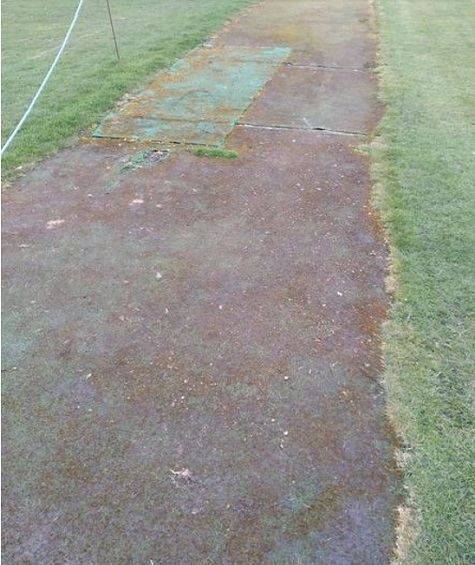
The post (April 2nd 18.58pm) got many replies.
In my opinion, why would anyone attempt to repair and clean a very badly worn and inappropriate playing surface? The first question to ask is whether it is fit for purpose? In my opinion I would say no it is not and should be replaced. Clubs need to start doing risk assessments on their facilities and ensure they are providing a safe and fit for purpose facility. In the blog a comment was made that a cricket club had actually paid out a compensation claim of £90,000 for a child that twisted his knee on a similar defective playing surface.
So, my message is that we need to be savvier and realise the consequences of our actions or non-actions when it comes to the maintenance and management of our playing facilities.
Ask yourself what plans, records and protocols do you have in place to ensure your facilities are fit for purpose?
How often do you inspect your facilities or get an independent company in to inspect your clubs’ facilities?
Correct training
Which leads me on to training and education. When was the last time your grounds person (voluntary or paid) received training on the machinery they use?
Is your machinery fit for purpose and effectively safe for use? I still see a lot of old kit being used with no chain guards on and without safety cut-off devices.
There is no excuse for poor management of your facilities. We have training providers that offer independently accredited competency training to ensure workers are adequately trained in the safe use and operation of machinery and equipment.
An example of a provider for our industry is Grounds Training led by Martin Sampson, a qualified Lantra instructor, assessor and technical verifier, who himself was a former head groundsman.
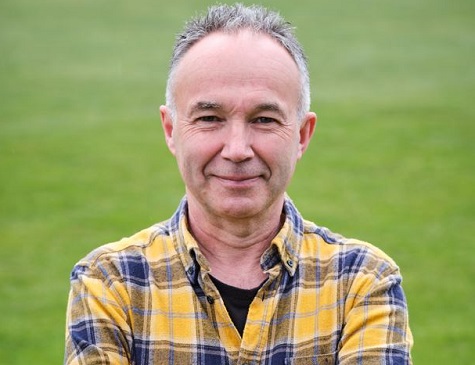
Martin Sampson
It is vitally important you keep up to speed with the relevant information and current legislation when using equipment and pesticides. Any training advice you need is only a call or email away.
It’s time that sports clubs realise the true cost of properly managing and maintaining sports facilities.